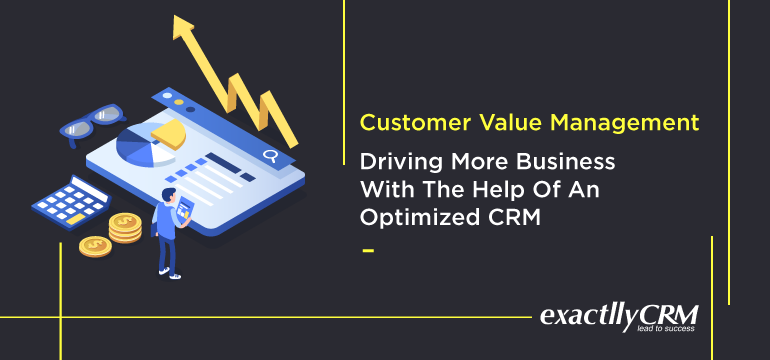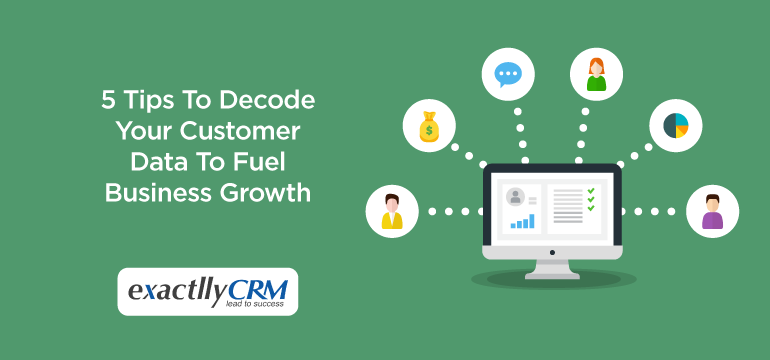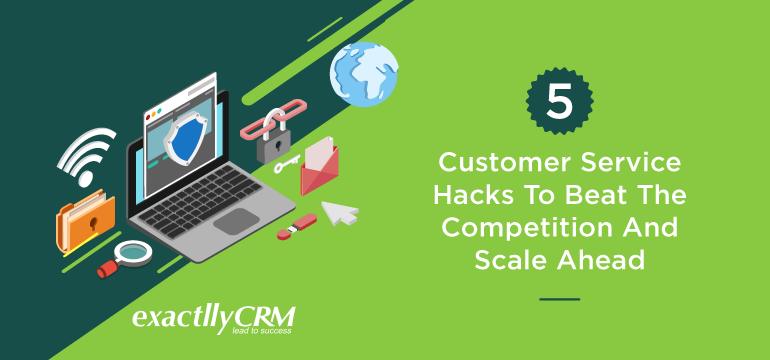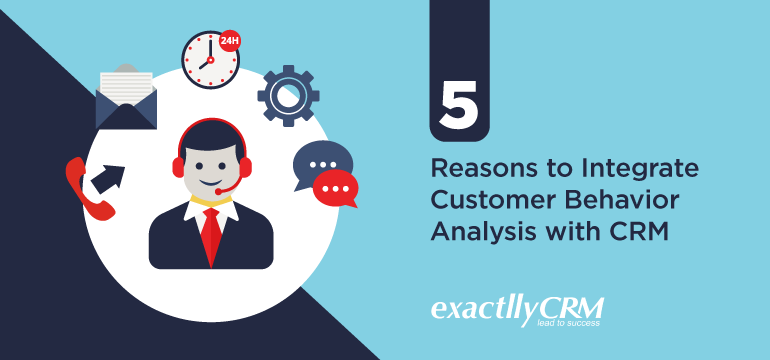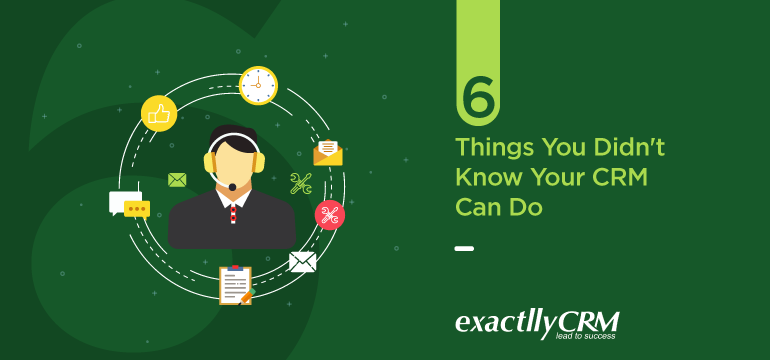5 CRM KPIs to Observe
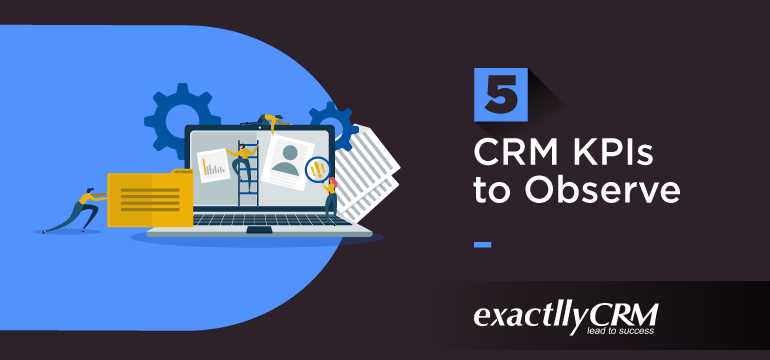
Whenever you wish to track or measure the success of a strategy or a tool, you need to know what you are observing. Implementing a software tool such as a CRM and expecting everything to change immediately is not very realistic. Over a period of time, you need to track and measure key performance indicators (KPIs) so that you know what strategies need to be changed or altered.
What are CRM KPIs?
KPIs quantify the data you need to observe, and allow you to make measurable progress. CRM KPIs consist of predetermined and measurable goals that are important for companies to function. Ambiguous goals such as “increased sales”, “make more profit” or “make customers happy” cannot be tracked. Though a CRM can objectively increase sales and enhance customer satisfaction, these are not goals that can be measured objectively. You will need to arrive at performance metrics that are specific and focused.
Let us take a look at 5 KPIs that can turn around your CRM performance and help you measure goals objectively.
1. Upsell Rate –
Upselling is the act of making a customer purchase something of a higher value than the originally intended to. If they had planned to buy a basic version of a phone, you could upsell a product with a better feature and make them spend more on a better product. A CRM is a right tool to help you predict which customer is likely to buy a higher value product. Upsell rate can be calculated based on a customer’s tendency to spend more, and you can invest in upselling techniques accordingly.
2. Customer Lifetime Value –
This is an important metric that helps you understand how valuable a customer is to you in terms of revenue generation potential. First, you need to calculate the average purchase value, which is your total revenue divided by the number of purchases. Next, you need to calculate the average purchase frequency rate as well. The third step is to multiply the average purchase value by the average purchase frequency rate. Finally, find out the average customer lifespan. The last step is to multiply the average customer lifespan by the average customer value. This will give you your customer lifetime value. This figure will help you identify high-value leads and launch targeted campaigns for them via your CRM.
3. Customer Acquisition Cost –
Your Customer Acquisition Cost tells you how much you are spending to get a customer to close a sale. This includes all the marketing and sales spend you invest in a particular customer. To calculate this figure, you need to divide the total acquisition spend by the number of customers you acquired. Your goal must be to decrease Customer Acquisition Cost. You can use your CRM not to track this metric but also to focus on targeting specific leads and by automating certain processes. The more specific and qualified your leads are, the CAC will be lesser too.
4. Email List Growth Rate –
This metric will help you understand how your email list is growing in a certain period of time. This is important because you will know how successful your lead generation campaigns and email building campaigns are.
- To get this figure, you need to calculate the number of people who unsubscribe from your list.
- Next, you should calculate the number of new subscribers.
- Now, subtract unsubscribes from new subscriptions and divide the difference by the number of email contacts you have on your list.
- Finally, multiply this by 100. This is your Email List Growth Rate.
Use your CRM to send targeted emails and get more people to subscribe to your list.
5. Churn Rate –
The Churn Rate gives you a number that helps you quantify how quickly customers are leaving you. You can think of this metric as the opposite of the retention rate. To know what your churn rate is, all you need to do is divide the number of customers who leave you by the total figure of your customers. Once you have the Churn Rate, you can use the CRM to contact them again with a specific campaign that seeks to understand why they left, and what could be done to lure them back. CRM can also help you identify what is common between customers who leave. This way, you will have another metric to consider.
Start Tracking KPIs now:
Measuring the success of any strategy or tool requires objectively identifying certain metrics and tracking them over a period of time. CRM KPIs help you to objectively assess if you are doing everything you need to do in order to make the most of your customer relationship management solution. Upselling products and services are closely linked to increased revenue. Start with observing this metric and move on to calculating Customer Lifetime Value, as you certainly don’t want to waste valuable resources on those who score poorly on this metric.
Also, make sure that you track Customer Acquisition Cost in order to make sure you are not investing too much in something that might get you too little. To make your campaigns more successful, always calculate and track the Email List Growth Rate. Last but not the least, do not forget to track your Churn rate so that you know why customers are leaving you. If you would like to learn more about other KPIs you can track using your CRM, don’t hesitate to Contact Us and get a Free Demo.

